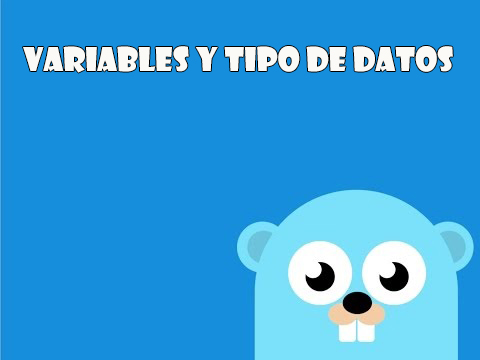

Typically what I like to do in this case is write a C wrapper around the slow API that let's me batch work or combine multiple calls into one. For something like sqlite that causes a noticable slowdown. Unlike rust which uses the C calling convention (correct me if I'm wrong) and has no garbage collector or coroutine stacks to worry about, Go has a hefty price to pay when calling a C funcion. But I think the biggest reason is cgo is slow. Compared to Go, this makes it quite a bit more difficult to build and distribute than a single binary. Using cgo means you have to build and link external dependencies in another language. This API is not thread safe.It's not as simple as NIH. Listing 5: NewDB 52 // NewDB constructs a Trades value for managing stock trades in aĥ3 // SQLite database. On line 48, we store a prepared (pre-compiled) statement for inserting and on line 49, we have the in-memory buffer of pending transactions. On line 47, we hold the connection to the database. Listing 4: DB 45 // DB is a database of stock trades. This has the advantage of being fast but carries the risk that we’ll lose data on a server crash. We’re going to store records in a buffer and once it’s full, insert all the records in the buffer to the database. Inserting records one-by-one is a slow process. Never use fmt.Sprintf to craft an SQL query - you’re risking an SQL injection. On line 20, we use ? as place holders for the parameters to this query. Listing 3 defines the SQL to insert a record to the database. Listing 3: Insert Record SQL* 16 insertSQL = ` On lines 32-33, we create indexes on the table to allow fast querying by time and symbol. On lines 26-29, we define the table columns that correspond to the Trade struct fields. On line 25, we create a table called trades. Listing 2 declares the database schema that corresponds to the Trade struct. Listing 2: Database Schema 24 schemaSQL = `ģ2 CREATE INDEX IF NOT EXISTS trades_time ON trades(time) ģ3 CREATE INDEX IF NOT EXISTS trades_symbol ON trades(symbol) AAPL), the Price, and a boolean flag that tells if it’s a buy or a sell trade. It has a Time field for the trade time, a Symbol field for the stock symbol (e.g. Listing 1 shows the Trade data structure. Listing 1: Trade struct 37 // Trade is a buy/sell trade for symbol.
#Golang sqlite code#
The code I am going to present can be found here in the trades.go file. The source code for this blog is available at Go Code In Python, we’ll use the built-in sqlite3 module and Pandas read_sql function to load the data. Using cgo means that the resulting executable depends on some shared libraries from the OS, making distribution slightly more complicated. Note: Since go-sqlite uses cgo, the initial build time will be longer than usual. In Go, we’ll be using /mattn/go-sqlite3 which is a wrapper around the SQLite C library. Then we’ll write a Python program that will process the data. We’ll write an HTTP server in Go that will get notifications on trades and will store them in an SQLite database.

SQL is an established format and there’s a lot of knowledge and tooling around it. You don’t need to invent yet another way to select interesting parts of data. SQL : Structured Query Language is a language for selecting and changing data. Schema : Data in relational databases has a schema, which means it’s easier to check the validity of your data. Transactions simplify retry logic in data pipelines by orders of magnitude. This means that either all of the data gets in, or none of it. Transactions : You insert data into an SQL database inside a transaction. It’s also by far my favorite way to exchange large amounts of data between two programs. SQLite is small, fast and the most used database out there. Here are some definitions to help provide clarity. However SQL databases tend to be much more mature and SQL is standardized. Note: Other databases have transactions, query languages and schemas. SQLite also comes with a command line client called sqlite3 which is great for quick prototyping. Even though it’s a single file, SQLite can handle up to 281 terabytes of data. SQLite is a great choice since the database is a single file, which makes it easier to share data. I prefer to use relational (SQL) databases in general since they provide several features that are very useful when working with data.


 0 kommentar(er)
0 kommentar(er)
